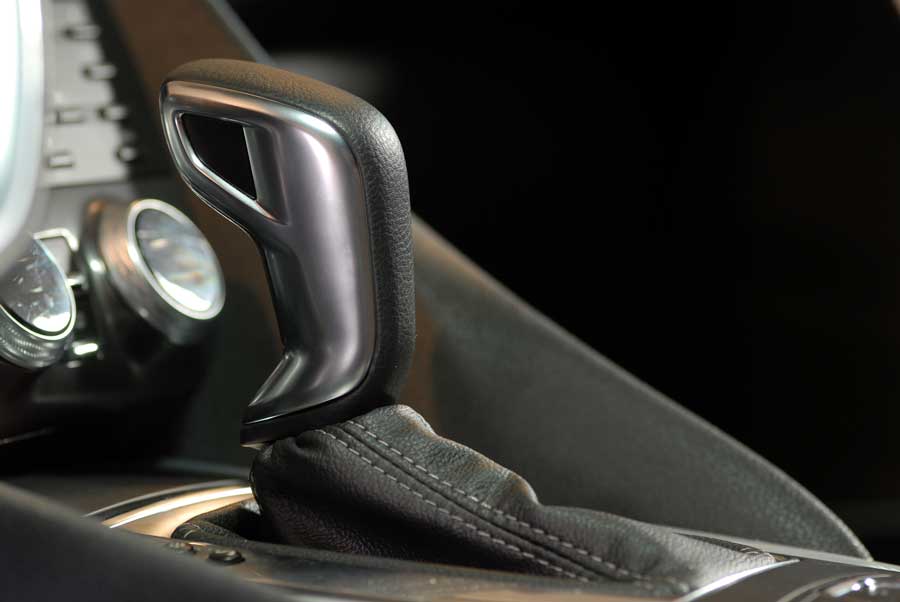What Causes A Slipping Transmission
Driving with a slipping transmission can be frustrating. You expect your car to perform a certain way, and you’re a better, more engaged driver because of it. When you feel your engine rev unexpectedly, it can be disconcerting. You wonder what will happen if it slips at an inopportune time. There are a couple of reasons that can cause your transmission to slip.
A slipping transmission is much like a worn out clutch in a manual transmission. An automatic transmission has a variety of clutches as well as bands and brakes that engage and disengage to change gears. They are activated by hydraulic pressure that is created by the fluid pump. This pump pressurizes your transmission fluid.
There are signs of slipping to look out for: high RPM, delays in acceleration, unusual or burnt smells, inability to put your car in reverse, check engine light, difficulty shifting or a harsh response when shifting gears.
Worn Out Components
Your automatic transmission usually slips for one of two reasons. The first is due to worn components. Overly worn parts can cause erratic shifting, or cause your engine to over rev when it changes gears. These parts can get worn out due to normal driving. To keep these parts lasting longer, change your transmission fluid regularly. This will prevent certain suspended particles to rub against the components and wear them down prematurely. It’s also recommended that you drive slower when it’s cold out. When your transmission fluid is warm, it better lubricates the parts. Also, if your vehicle has a performance shift option, use it only when necessary. This can also accelerate wear by forcing your transmission to operate under higher pressures.
Your automatic transmission is also comprised of bands. These bands can also get worn out or broken. They link the gears together so don’t overlook any symptoms of slipping. If your bands are worn out, you could be pushing off a minor repair for a big one. Additionally, your gears can also get worn out. This can be due to age, but it can also be a symptom of a major malfunction. If your gears need to be replaced, make sure you know the reason why.
Low Fluid Pressure
The other possibility is low fluid pressure. If for some reason your fluid is low, this can also cause a slipping transmission. With low fluid levels, your transmission won’t fully engage. Low fluid pressure can be due to bad fluid pumps, low fluid levels or clogged transmission filters. Check your transmission fluid dipstick to see if the fluid is low. It will either be red in color or labeled “TRANS.” If your fluid is low, top it off with the recommended type of transmission fluid for your vehicle. After driving, check the dipstick again to rule out a leak.
If you don’t have a leak, you may have solenoid problems or even torque converter issues. The solenoid controls the flow of fluid throughout your transmission. If your solenoid is damaged or malfunctioning due to electronic problems the wrong amount of fluid will be dispersed. If your solenoid isn’t the problem, you may have issues with your torque converter. This part converts your engine power into torque that the transmission can use. Fluid also flows through this part, so if it fails it can make your transmission slip or act funny. This is a more difficult repair. You’ll want to have a technician take a look at it.
If you believe you’re having transmission issues, we recommend that you take your vehicle to a service technician as soon as possible. If you can’t identify the problem, we’ll be glad to help.

